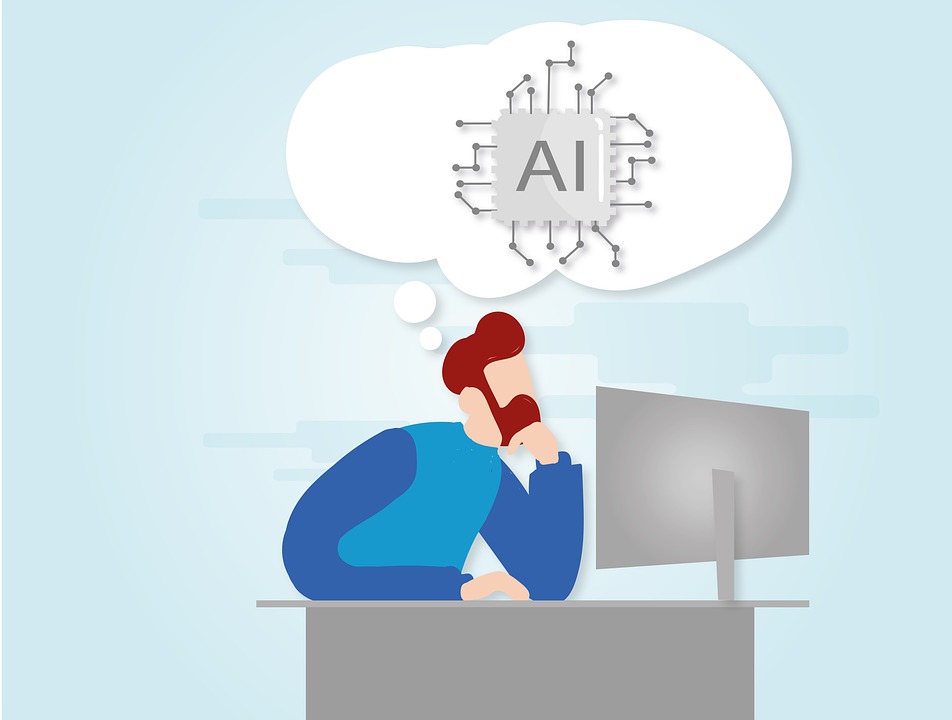[ad_1]
#Robotic #Innovations #Latest #Breakthroughs #Automation #Technology
Robotic Innovations: The Latest Breakthroughs in Automation Technology
In recent years, robotics and automation technology have advanced at an unprecedented rate, leading to a wide array of innovative breakthroughs. These advancements have revolutionized various industries, from manufacturing and logistics to healthcare and consumer electronics. The latest robotic innovations showcase the potential of automation to improve efficiency, safety, and productivity across different sectors.
Advancements in Robotic Innovations
One of the most significant advancements in robotic innovations is the development of collaborative robots, or cobots. These robots are designed to work alongside human workers, enhancing their capabilities and efficiency. Cobots have been widely adopted in manufacturing plants, where they can perform repetitive tasks, such as assembly and packaging, while the human workers focus on more complex and value-added activities.
Another breakthrough in automation technology is the integration of artificial intelligence (AI) and machine learning algorithms into robotic systems. This enables robots to analyze and respond to complex environments and tasks, making them more flexible and adaptable. AI-powered robots are now capable of autonomously navigating unstructured environments, recognizing objects, and making intelligent decisions in real-time.
Applications of Robotic Innovations
The latest robotic innovations have a wide range of applications across different industries. In manufacturing, robots are being used for tasks such as welding, painting, and quality inspection, leading to improved productivity, consistency, and safety. In logistics and warehousing, autonomous mobile robots are revolutionizing inventory management, order fulfillment, and material handling processes.
In the healthcare sector, surgical robots are enabling minimally invasive procedures with greater precision and dexterity, reducing patient recovery times and hospital stays. Robotic exoskeletons are also being developed to assist patients with mobility impairments, enhancing their quality of life and independence. Furthermore, in the consumer electronics industry, robots are being utilized for precision assembly, testing, and packaging of electronic devices, ensuring high-quality products and fast production cycles.
Impact on the Workforce
While robotic innovations have brought numerous benefits in terms of efficiency and productivity, there are concerns about their impact on the workforce. As robots become more capable and versatile, there is a fear that they may replace human workers, leading to job displacement. However, many experts argue that automation technology will create new opportunities for skilled workers to collaborate with robots and focus on more complex and creative tasks, leading to a shift in the nature of work rather than mass unemployment.
Summary
Robotic innovations have led to a wide array of breakthroughs in automation technology, including collaborative robots, AI integration, and applications across different industries. These advancements are revolutionizing manufacturing, logistics, healthcare, and consumer electronics, improving efficiency, safety, and productivity. While concerns about the impact on the workforce exist, automation technology is expected to create new opportunities for skilled workers and lead to a shift in the nature of work rather than mass unemployment.
FAQs
What are collaborative robots?
Collaborative robots, or cobots, are robots designed to work alongside human workers, enhancing their capabilities and efficiency. They are widely used in manufacturing plants for tasks such as assembly and packaging.
How are robots utilizing artificial intelligence (AI) and machine learning?
Robots are now integrated with AI and machine learning algorithms, allowing them to analyze and respond to complex environments and tasks. This makes them more flexible and adaptable, capable of autonomously navigating unstructured environments and making intelligent decisions in real-time.
What are the applications of robotic innovations in healthcare?
In healthcare, robotic innovations are being used for minimally invasive surgical procedures, patient rehabilitation with exoskeletons, and precision assembly of medical devices, leading to improved patient outcomes and quality of care.
What is the impact of robotic innovations on the workforce?
There are concerns about job displacement due to robotic innovations, but many experts believe that automation technology will create new opportunities for skilled workers to collaborate with robots and focus on more complex and creative tasks.
1706559725
[ad_2]
